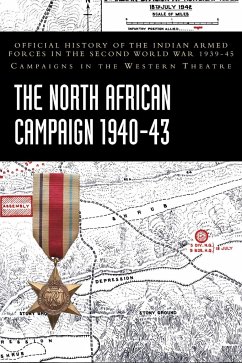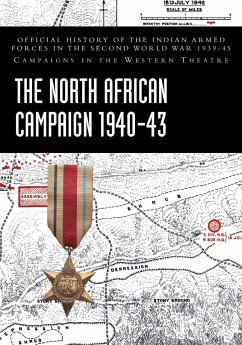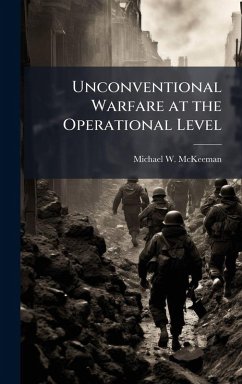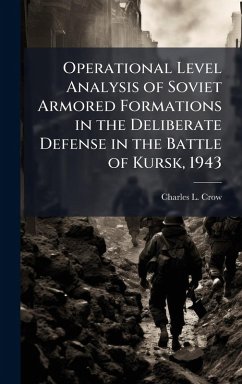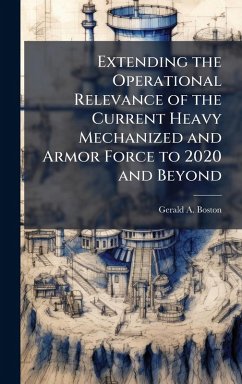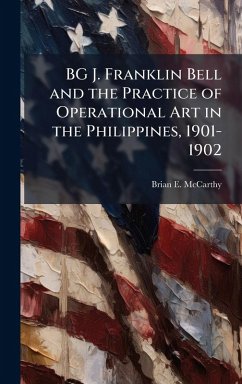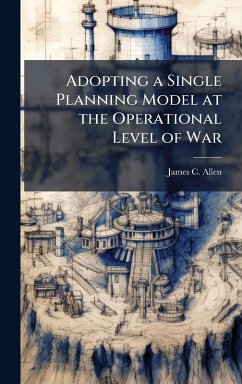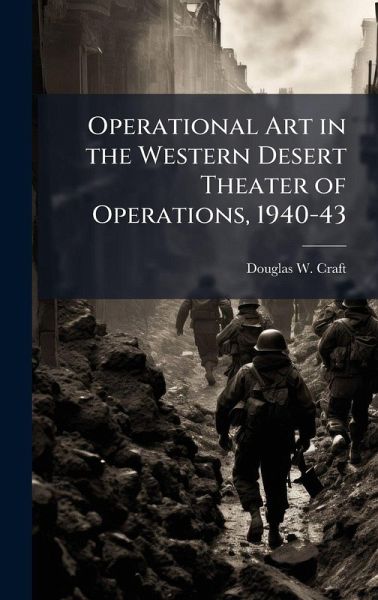
Operational Art in the Western Desert Theater of Operations, 1940-43
Versandkostenfrei!
Versandfertig in über 4 Wochen
28,99 €
inkl. MwSt.
Weitere Ausgaben:

PAYBACK Punkte
14 °P sammeln!
This monograph addresses the contribution made by the campaigns in the Western Desert to the evolution of the operational art by examining theory as reflected in history. It discusses the campaigns in the Western Desert of North Africa from September 1940 through January 1943. The discussion focuses on three operational issues that have impacted on the evolution of the operational art: the connection between strategic aims and the conduct of operations, the concept of culminating points, and the operational artist. The monograph first presents a broad overview of five major operations conducte...
This monograph addresses the contribution made by the campaigns in the Western Desert to the evolution of the operational art by examining theory as reflected in history. It discusses the campaigns in the Western Desert of North Africa from September 1940 through January 1943. The discussion focuses on three operational issues that have impacted on the evolution of the operational art: the connection between strategic aims and the conduct of operations, the concept of culminating points, and the operational artist. The monograph first presents a broad overview of five major operations conducted in the Western Desert of North Africa from 1940-1943. After examining the three operational issues in detail, the author concludes that many elements of military theory have valid application as demonstrated in the major operations of the Western Desert. The theory offers a valid benchmark for study by the operational planner, but offers him no formulae. The conclusions support Clausewitz'; assertion that, "...theory gives the mind greater insights into the mass of phenomena of their relationships and leaves it free to rise into the higher realms of action." This work has been selected by scholars as being culturally important, and is part of the knowledge base of civilization as we know it. This work was reproduced from the original artifact, and remains as true to the original work as possible. Therefore, you will see the original copyright references, library stamps (as most of these works have been housed in our most important libraries around the world), and other notations in the work. This work is in the public domain in the United States of America, and possibly other nations. Within the United States, you may freely copy and distribute this work, as no entity (individual or corporate) has a copyright on the body of the work. As a reproduction of a historical artifact, this work may contain missing or blurred pages, poor pictures, errant marks, etc. Scholars believe, and we concur, that this work is important enough to be preserved, reproduced, and made generally available to the public. We appreciate your support of the preservation process, and thank you for being an important part of keeping this knowledge alive and relevant.



